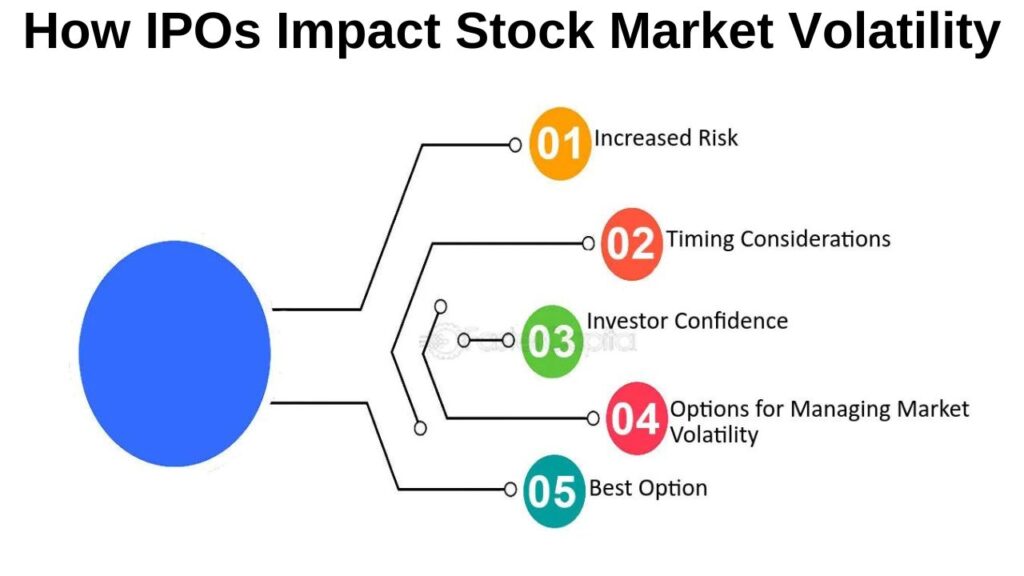Investor Perspectives on SME IPOs
- Retail vs. Institutional Investors: The dynamics of SME IPOs attract both retail and institutional investors. Retail investors are often drawn to SME IPOs due to the potential for significant returns, while institutional investors may consider them as part of a diversification strategy or to tap into niche markets.
- Post-IPO Performance: Post-listing performance in SME IPOs can be highly volatile. Insights from platforms like X (formerly Twitter) suggest that while some SME IPOs offer substantial listing gains, these are often followed by corrections, reflecting the inherent volatility and risk associated with these investments.
Legal and Regulatory Considerations
- Regulatory Environment: Regulations governing SME IPOs can vary across jurisdictions. Some markets offer more relaxed regulatory frameworks to encourage SMEs to go public, while others impose strict guidelines to ensure investor protection and transparency.
- Compliance: Both SMEs and investors must ensure that all legal frameworks are followed to avoid issues related to transparency, disclosures, and investor protection. Proper due diligence is essential to maintaining trust and compliance in the SME IPO market.
Trends in Book-Building IPOs for SMEs
- Technological Influence: The integration of AI, big data analytics, and social media has revolutionized how SME IPOs are priced and marketed. These tools help issuers gauge investor interest more accurately and improve the overall pricing strategy.
- Market Sentiment: Current market sentiment shows a cautious optimism toward SME IPOs. Investors are becoming more educated about the unique risks and rewards associated with these offerings, leading to more informed investment decisions.
Case Studies: Book-Building IPOs in Action
- Successful IPOs: One example of a successful book-building IPO is Agni Green Power Limited, which saw a 162% listing day gain. This demonstrates how an effective book-building strategy can lead to strong market performance and investor confidence.
- Challenges and Failures: Not all SME IPOs achieve such success. Instances of overpricing or poor market timing can lead to lackluster performance, highlighting the importance of a well-executed book-building process.
Conclusion
- Summary: The book-building process in SME IPOs offers a dynamic and flexible method for pricing shares, providing transparency and potentially attracting a broader range of investors. However, the volatile nature of SME stocks means that thorough market analysis and strategic investment decisions are crucial.
- Future Outlook: With technological advancements and evolving market sentiment, SME IPOs are expected to remain a significant part of the IPO landscape. As investors become more aware of the unique dynamics of SME markets, the potential for growth and innovation in this sector is promising.
Call to Action
Share your thoughts on SME IPOs in the comments section below. Follow us on financial platforms like X for real-time updates and insights on upcoming IPOs and market trends.
Why Companies Opt for FPO After an IPO: A Strategic Overview
1. Introduction In the world of public markets, Initial Public Offerings (IPOs) and Follow-on Public…
The Ultimate Guide to Understanding IPO vs. FPO: Differences, Benefits, and Risks
1. Introduction to the World of Public Offerings Capital markets thrive on the flow of…
How Book-Building IPOs Work: A Comprehensive Guide
Investor Perspectives on Book-Building IPOs Retail vs. Institutional Investors: In the book-building process, institutional investors…
Understanding Fixed Price IPOs: A Comprehensive Guide
Introduction: What is a Fixed Price IPO? A Fixed Price Initial Public Offering (IPO) is…
Mastering IPO Terminology: A Comprehensive Guide for Investors
Introduction Navigating the world of Initial Public Offerings (IPOs) can be daunting, especially with the…
How IPOs Impact Stock Market Volatility
Introduction: The financial markets are a complex ecosystem, where Initial Public Offerings (IPOs) play a…







